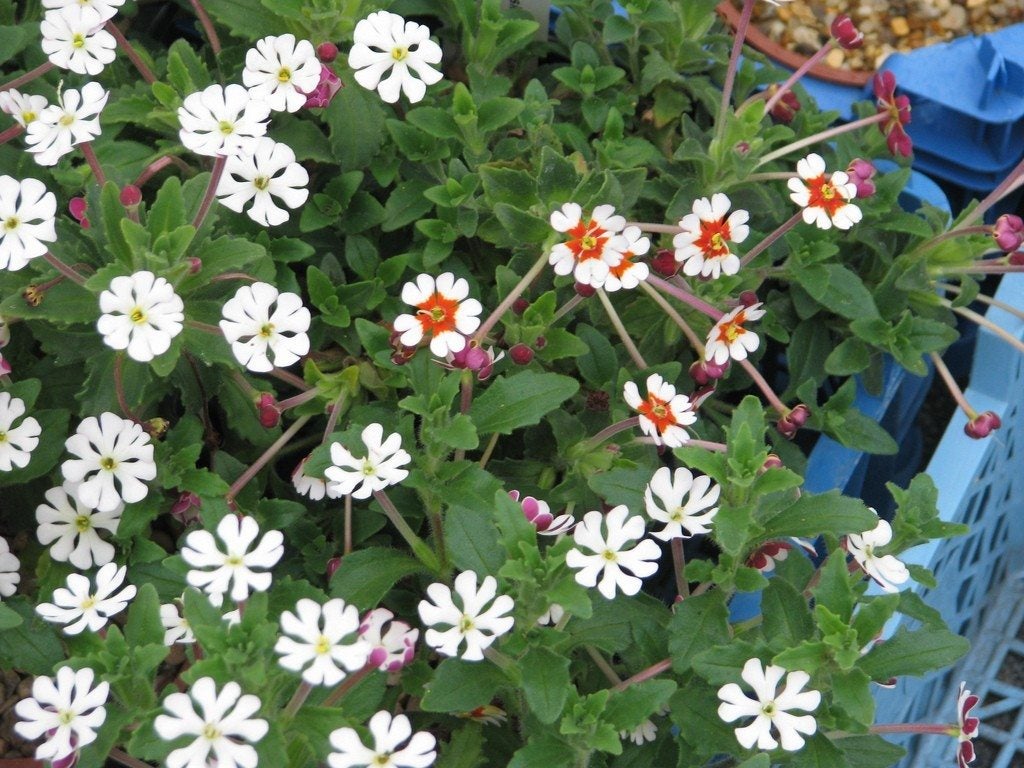Growing Night Phlox Plants: Information On Night Phlox Care


Growing night phlox is a great way to add evening fragrance to the night-blooming garden. Perhaps you have other night-blooming, fragrant blooms in a moon garden setting. If so, night phlox plants, also called Midnight Candy, are a good companion for other plants growing there.
Night Phlox Information
This South African native is an heirloom plant, botanically called Zaluzianskya capensis. If you have already grown a moon garden in your home landscape, this annual phlox is easy to include. If you're thinking of starting an evening fragrance garden, night-blooming phlox can have its own spot or be paired with other fragrant plants. Night phlox bloom in shades of white, purple, and even maroon. Night-blooming phlox offers a honey-almond, vanilla fragrance that combines well with the sweet scents of angel's trumpets, the rich clove smell of dianthus, and the perfume-like jasmine scent of four o'clock plants. Plant the evening fragrance garden near an outdoor seating area to take full advantage of the wonderful fragrance emitted from some night-blooming plants. If this area is in the shade, grow night-blooming phlox in movable containers, so they may receive adequate sunlight during the day. Summer flowers of night phlox plants attract bees, birds, and butterflies, so this is also a good plant to include in a sunny butterfly garden.
Growing Night Phlox in an Evening Garden
Night-blooming phlox is easily started from seeds. They can be started three to four weeks before the last projected frost date in your area indoors or planted outside when the danger of frost is past. Seeds germinate in 7 to 14 days. Night phlox plants do well in large containers and equally well when planted in the ground. Night phlox information says they prefer rich, well-draining soil and a sunny location. Night phlox care includes planting them 12 to 18 inches (30.5-45.5 cm.) apart to allow good air circulation. Night phlox care also includes keeping the soil slightly moist for best performance. Once established, the plants will tolerate drought, but the best blooms of night phlox plants come from regular watering. Now that you've learned the positive traits of night-blooming phlox, try growing some soon in an area where you can enjoy the fragrance.
Gardening tips, videos, info and more delivered right to your inbox!
Sign up for the Gardening Know How newsletter today and receive a free copy of our e-book "How to Grow Delicious Tomatoes".

Becca Badgett was a regular contributor to Gardening Know How for ten years. Co-author of the book How to Grow an EMERGENCY Garden, Becca specializes in succulent and cactus gardening.
-
 Looking For Plants To Give You The Soft And Fuzzies? Try These 5 Fuzzy Leaf Plant Options
Looking For Plants To Give You The Soft And Fuzzies? Try These 5 Fuzzy Leaf Plant OptionsLovers of texture, drama, silver foliage and tactile plants will adore these special sensory garden additions. These fuzzy leaf plant options will leave you all aglow
By Susan Albert
-
 Get Ready For A Summer Of Hummers! Grow These Full Sun Hummingbird Plants and Flowers
Get Ready For A Summer Of Hummers! Grow These Full Sun Hummingbird Plants and FlowersIf you’re lucky enough to enjoy a sunny backyard, make sure you are maxing out on your pollinator opportunities and grow these full sun hummingbird plants and flowers
By Tonya Barnett